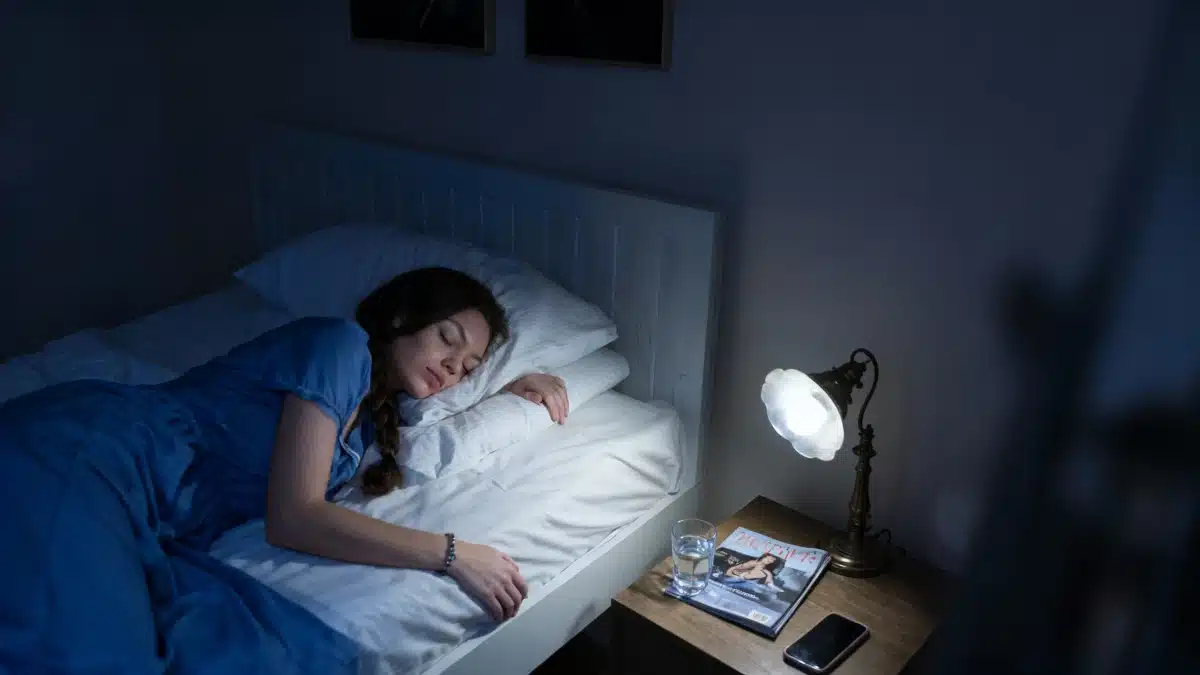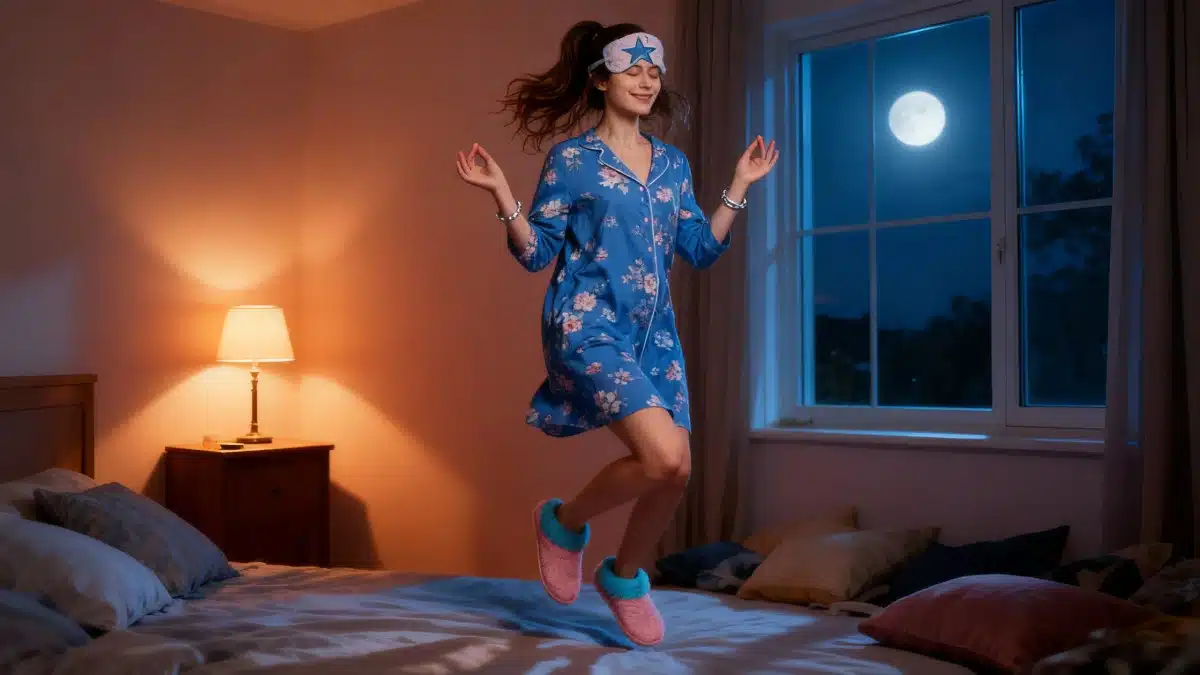Restorative Yoga: For Everyone, Really
“Restorative yoga is for everyone—young or old, athlete or not, ill or perfectly healthy,” declares Audrey Favreau as she introduces her book, Le Yoga restauratif.
Restorative yoga isn’t about tying yourself into a pretzel or breaking a sweat. Instead, as the specialist explains, “It’s a meditative practice in itself that calms the mind, balances the nervous system, and relaxes the body.” Think blankets, blocks, straps, and even eye pillows—tools designed to make the postures almost suspiciously comfortable, letting you slip into a state of profound relaxation. Basically, it’s the ultimate permission to do… almost nothing, but better.
Once you’re nestled into position (no acrobatics required!), the principle is simple: your support props do the heavy lifting, letting your body naturally release tension and deep-rooted stress. “You no longer need to move or exert yourself—the point is that the props allow your organism to be freed naturally,” Favreau adds. This means you can stay in these poses far longer—anything from five to twenty minutes, compared to a handful of breaths in traditional yoga. As a bonus, breath and blood flow improve, and your body’s systems get a nice tune-up.
The Science of Letting Go
“Restorative yoga helps us slow down and reduce the nonstop stimulation we’re exposed to,”
says Favreau. The idea is to reshape your nervous system, soothe tensions, and quiet minds weary from our ever-hastening days. It’s a way to relax consciously—while getting to know yourself and your emotions, whether positive or negative.
All this makes restorative yoga a real ally when you’re struggling with sleep. The benefits of yoga on sleep have already been shown by science: researchers at Harvard University found that regular yoga practice helped many people fall asleep faster. Sleep itself also became longer and more restorative, results confirmed by a study at Boston Medical Center, published in the Journal of General Internal Medicine on October 30, 2019. No prescription pad required! As the study authors note, “Medications for sleep and for back pain can have serious side effects, and the risk of overdose and death related to opioids increases with sleep aid use.”
Why We Can’t Fall Asleep—and How Yoga Helps
Our daily lives overflow with stress, and let’s face it, we’re not always top-notch at managing it.
“When we’re overstimulated by stress, we get restless and that keeps us awake. Tension and muscle aches also make it harder to get the relaxation we need to enter deeper sleep phases,”
Favreau explains.
She sees sleep as a “rest continuum”—a bridge you can cross only after achieving relaxation, so you can reach the deeper, rejuvenating stages of sleep.
“Our ability to relax and sleep depends on how safe we feel. It all hinges on a nourished nervous system.”
And to feed that system? Favreau recommends 20 to 40 minutes of restorative yoga every day. “The more regularly we practice, the more we make our nervous system flexible—able to react to real threats but just as able to relax once we’re back in bed.”
Unmanaged stress doesn’t just invade our minds; it can throw our digestion off, tense up our bodies, and disrupt our sleep, leading to issues like insomnia. Restorative yoga offers a way to calm your mind and body, helping you rediscover real inner peace.
Key Restorative Poses to Soothe Body and Mind
- Adho Mukha Swastikasana: Designed to calm the mind via gentle pressure on the forehead, this posture is especially soothing during episodes of anxiety. “It’s particularly calming for anxiety and also relaxes the abdomen, easing spasms,” notes Favreau.
- Ardha Viparita Karani and Salamba Savasana: To keep honing your quality of sleep, Favreau additionally recommends these positions, all detailed in her book Le Yoga restauratif. With enough props and a willingness to slow down, these postures can make your bed feel like the best place in the world—no sedatives required.
Slow down, breathe deeply, and let restorative yoga guide you to a better night’s sleep—no sheep, pills, or superhuman flexibility necessary.

John is a curious mind who loves to write about diverse topics. Passionate about sharing his thoughts and perspectives, he enjoys sparking conversations and encouraging discovery. For him, every subject is an invitation to discuss and learn.





